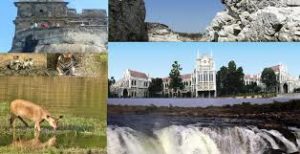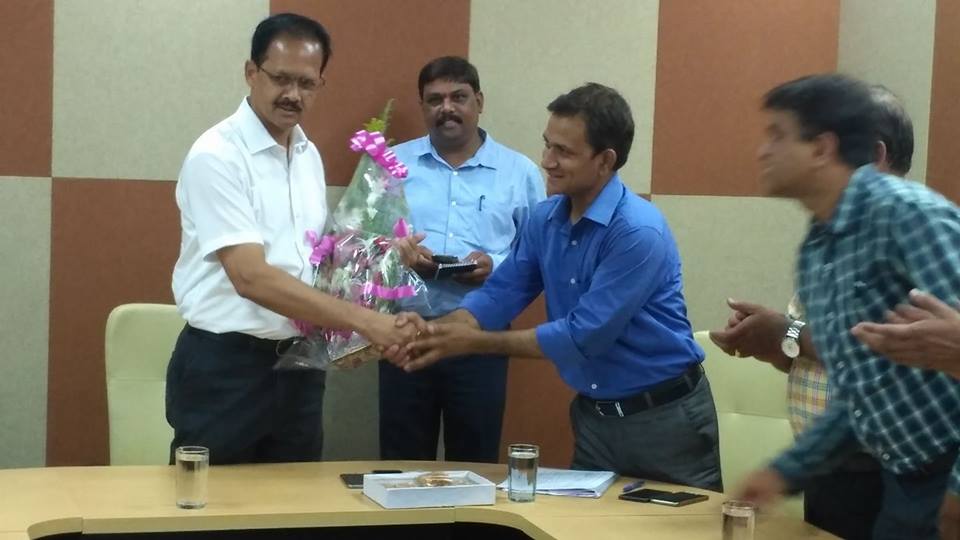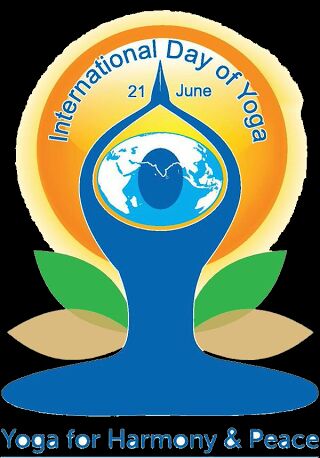About – Jabalpur
Jabalpur (Hindi: जबलपुर; formerly Jubbulpore) is a tier 2 city in the state of Madhya Pradesh, India. According to the 2011 census, it is the third-largest urban agglomeration in Madhya Pradesh and the country’s 37th-largest urban agglomeration. It is 2nd largest metropolis of Central India after Raipur which is followed by Jabalpur, Bhopal, Bilaspur, Indore and Durg-Bhilai.
 Jabalpur is the administrative headquarters of Jabalpur district (the second-most-populous district in Madhya Pradesh) and the Jabalpur division. Historically, a center of the Kalachuri and Gond dynasties, the city developed a syncretic culture influenced by intermittent Mughal and Maratha rule. During the early nineteenth century, it was annexed by British India as Jubbulpore and incorporated as a cantonment town. Since Indian independence there have been demands for a separate state of Mahakoshal, with Jabalpur its capital. The High Court of Madhya Pradesh, headquarters of the West Central Railway and Army headquarters of five states (Madhya Pradesh, Chhattisgarh, Orissa, Bihar and Jharkhand) are located in Jabalpur. The city is also home to the Gun Carriage Factory. Jabalpur has been selected as one of the hundred Indian cities to be developed as a smart city under Smart Cities Mission. Bheraghat is a unique experience where one can see a huge mountains of marble and a beautiful waterfall.
Jabalpur is the administrative headquarters of Jabalpur district (the second-most-populous district in Madhya Pradesh) and the Jabalpur division. Historically, a center of the Kalachuri and Gond dynasties, the city developed a syncretic culture influenced by intermittent Mughal and Maratha rule. During the early nineteenth century, it was annexed by British India as Jubbulpore and incorporated as a cantonment town. Since Indian independence there have been demands for a separate state of Mahakoshal, with Jabalpur its capital. The High Court of Madhya Pradesh, headquarters of the West Central Railway and Army headquarters of five states (Madhya Pradesh, Chhattisgarh, Orissa, Bihar and Jharkhand) are located in Jabalpur. The city is also home to the Gun Carriage Factory. Jabalpur has been selected as one of the hundred Indian cities to be developed as a smart city under Smart Cities Mission. Bheraghat is a unique experience where one can see a huge mountains of marble and a beautiful waterfall.
Transportation
Air – The 310-acre (130 ha) Jabalpur Airport (JLR), also known as Dumna Airport, is about 20 kilometres (12 mi) from the city centre and flight services are provided by Air India & SpiceJet . Daily service is available to New Delhi, Mumbai, Hyderabad,Bhopal. The Spice Jet offers daily service to Hyderabad,Mumbai and New Delhi.Whereas Air India offers services to New Delhi,Hyderabad, Mumbai,Bhopal.Jabalpur Airport serves visitors to Kanha National Park, Bandhavgarh National Park, Pench National Park, Khajuraho and Bhedaghat.
Road – Jabalpur is connected by road to Varanasi, Nagpur, Bhopal, Jaipur, Raipur, Allahabad, Hyderabad , Bilaspur and Bangalore. India’s longest national highway, National Highway 7, runs through the city and National Highway 12 to Jaipur originates in Jabalpur. Many roads are being upgraded to four-lane highways. Bus service is available to cities in Madhya Pradesh, Maharashtra and Chhattisgarh, with direct service to Indore, Nagpur, Bhopal, Varanasi, Raipur, Amravati,Chandrapur and Allahabad.
Rail – Jabalpur Junction railway station, headquarters of the West Central Railway, has direct service to Mumbai,New Delhi, Chennai,Kolkata,Ahmedabad, etc. As part of Project Unigauge, conversion of narrow-gauge track in the Gondia-Nainpur-Jabalpur corridor to broad gauge has begun; this will facilitate access to areas of southern India. The line from Gondia to Balaghat & Jabalpur to Ghansore has been converted to broad gauge with daily passenger services.
Media
Several television news channels have branches in the city.Various cable operators operate digital cable TV system in city.
Newspaper-
1. NaiDunia
2. Patrika
3. Nava Bharat
4. Deshbandhu
5. Hari Bhoomi
6. The Times of India
7. Hindustan Times
8. Hindustan
9. The Hitavada
10. Business Standard
11.Dainik Bhaskar
Radio
1. RED FM
2. MY FM
3. Radio Mirchi
4. Radio Dhamaal
5. Akashvani
6. Gyan Vani
Sports
The Wright Town Stadium and Rani Tal Stadium are in the city. Snooker was invented in Jabalpur. Billiards was a popular activity amongst British army officers stationed in India (who derived it from the Indian game carrom), and variations on traditional billiard games were devised.One variation added coloured balls to the reds and black used for pyramid and life pool; this became snooker. It is generally accepted that Colonel Sir Neville Chamberlain (no relation to the World War II prime minister) conceived the game in the British Army officer’s mess in Jubbulpore, India in 1875.
Food
Khoye ki Jalebi, a food popular in Madhya Pradesh, was reportedly invented by Harprasad Badkul in 1889 in his Badkul Halwai shop near the Kamaniya Gate. It is said that his early experiments to create a jalebi from khoya failed until he added tekhur, which may be eaten by fasting people avoiding grain, as a stabiliser.
Education
1. Rani Durgavati University
2. Jawaharlal Nehru Krishi Vishwa Vidyalaya
3. Indian Institute of Information Technology, Design and Manufacturing
4. Netaji Subhash Chandra Bose Medical College
5. Jabalpur Engineering College
6. maharishi mahesh yogi vedic vishwavidyalaya
7. Madhya Pradesh Pashu-Chikitsa Vigyan Vishwavidyalaya
Telecommunications
Jabalpur is covered by a network of optical fibre cables.Landline services are offered by four landline companies namely BSNL,Reliance, Airtel & Tata Indicom.2G/3G mobile voice & data services are offered by BSNL,Idea,RCom,TataDocomo, Vodafone & Airtel 4G mobile & wifi data services are being operated by RelianceJio,Airtel,Idea & RCom. High Speed broadband internet services are also available from operators like BSNL,Airtel, MTS,Tikona etc.
Industry
Major industries in Jabalpur are garment manufacturing, IT, education, electrical goods, limestone products, building materials, glassware, telephone parts, furniture, foodstuffs, steel structures, cement, tobacco products, industrial-safety goods, mechanical engineering and cinema.Now Jabalpur is being Film Making Zone & Music Industries
Arts and culture
Jabalpur has been called Sanskaar Dhani (the cultural capital of Madhya Pradesh) by Vinayak Narhari Bhave; Bhopal is Raj Dhani (the state’s political capital) and Indore is Vanijya Dhani (its commercial capital). Cultural figures associated with the city include Makhanlal Chaturvedi, Harishankar Parsai, Rajendra Simha, Subhadrakumari Chauhan, Kavi Indra Bahadur Khare, Seth Govind Das, Roopkumar Soni, Alakhnandan Sinha, Gyanranjan Shrivastava, Rehman, Prem Nath, Krishna Raj Kapoor, Arjun Rampal, Jaya Bachchan, Aadesh Shrivastava and Raghubir Yadav.
The Narmada River, Gondwana rule and the Kalachuri and Maratha dynasties made Jabalpur a Gondism and Hinduism-dominated area, although Mughal rule attracted a sizeable Muslim population. The city’s Hindu-Muslim riots during the 1960s shook the confidence of Muslims in secular India.
Economy
1.Agriculture
2.Ordnance Factories
3.Defence Organisations









